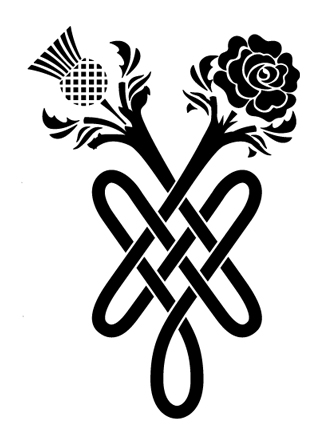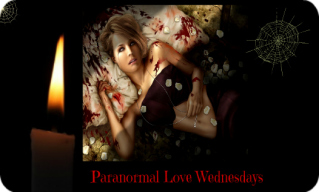
Essentially, Halloween began with the Celtic pagan festival of Samhain, meaning 'Summer's End' which celebrates the end of harvest season. For thousands of years, our ancestors marked Samhain from sundown on October 31 until sundown on November 1 as the dying of the light before the winter.
The Celts believed that it was a time when the walls between our world and the next became thin and porous, allowing spirits to pass through, coming back to life on the day of Samhain to damage their crops. Places were set at the dinner table to appease and welcome the spirits. People would offer them food and drink, and light bonfires to ward off the evil spirits.
When the dead arrived, they were able to walk among us and be mistaken for us. That’s why we dress up to look like them. That way maybe we’ll fool them into thinking we’re dead as well and they won’t take us back with them.
The Christian origin of the holiday is that it falls on the days before the feast of All Hallows, which was set in the eighth century to attempt to stamp out pagan celebrations. Christians would honour saints and pray for souls who have not yet reached heaven.
Celts dressed up in white with blackened faces during the festival of Samhain to trick the evil spirits that they believed would be roaming the earth before All Saints' Day on November 1st.
By the 11th century, this had been adapted by the Church into a tradition called 'souling'. Children go door-to-door, asking for soul cakes in exchange for praying for the souls of friends and relatives. They went dressed up as angels, demons or saints.
The origins of trick or treating and dressing up go back to the 16th century in Ireland, Scotland and Wales where people went door-to-door in costume asking for food in exchange for a poem or song. Many dressed up as souls of the dead, or Aos Si, and were protecting themselves from the spirits by impersonating them.
Costumes became more adventurous - in Victorian ages, they were influenced by gothic themes in literature, and dressed as bats and ghosts or what seemed exotic, such as an Egyptian pharaoh.
The phrase trick-or-treat was first used in America in 1927, with the traditions brought over to America by immigrants.
Halloween 2015: Why do children trick-or-treat and what's with the scary costumes?





 RSS Feed
RSS Feed